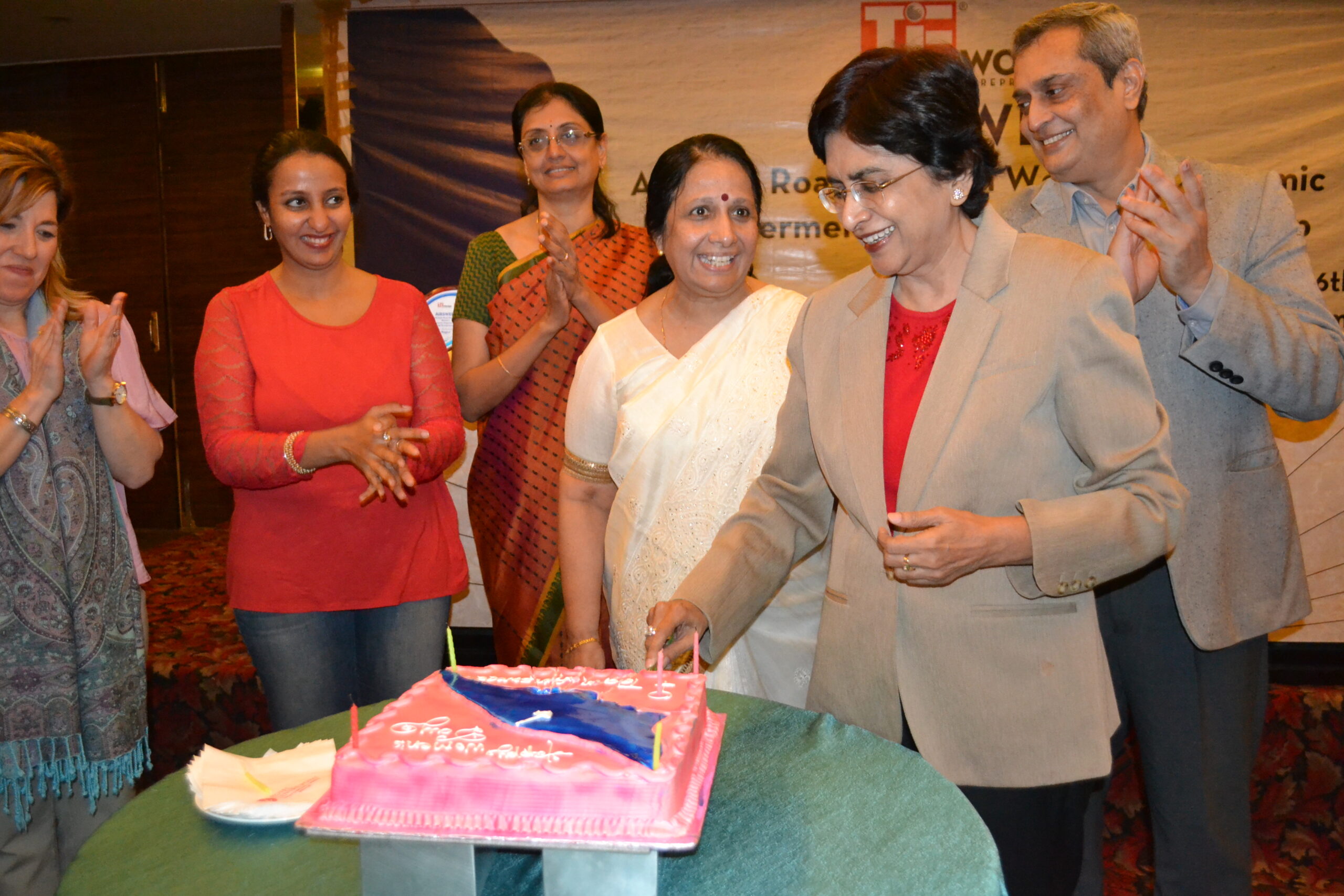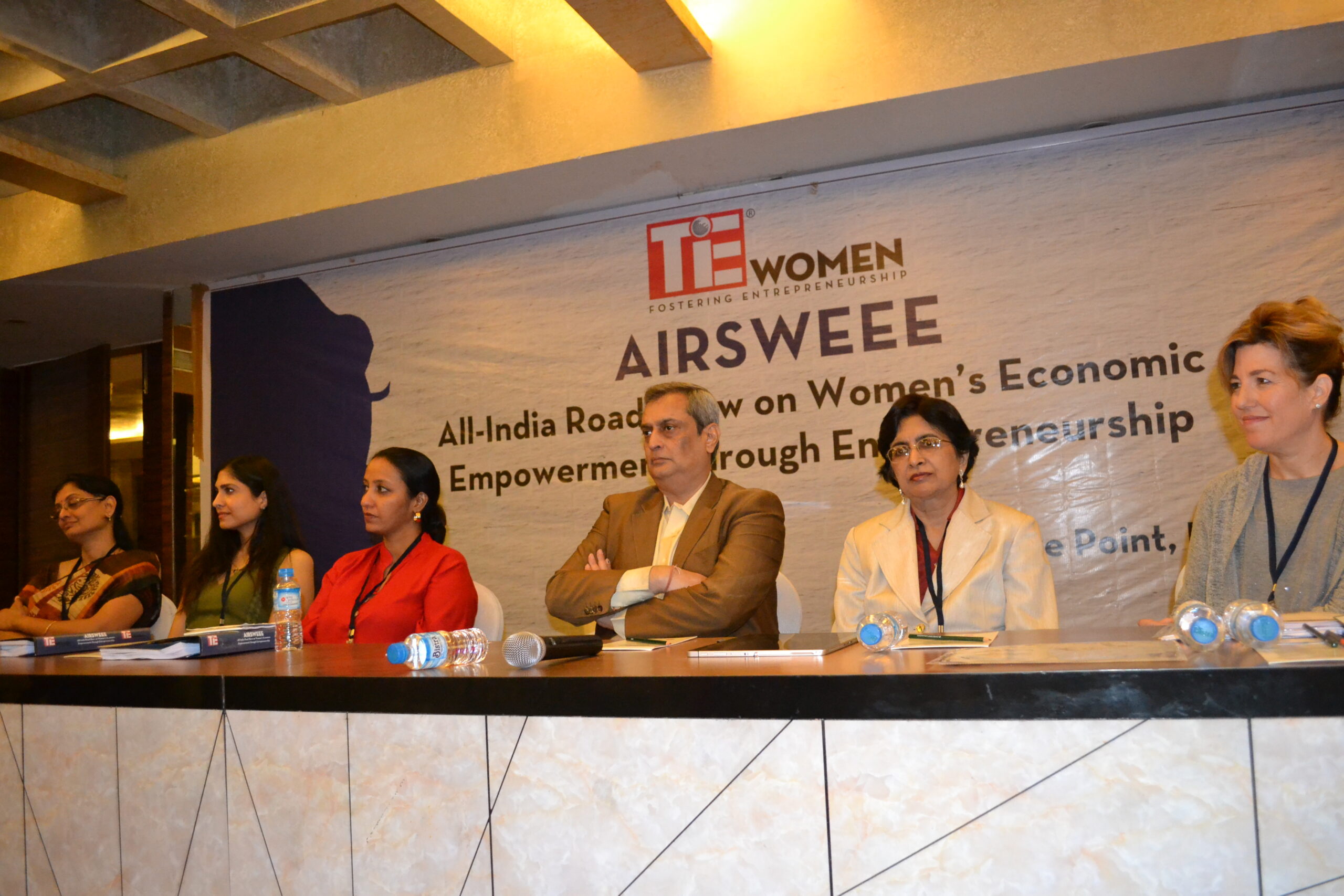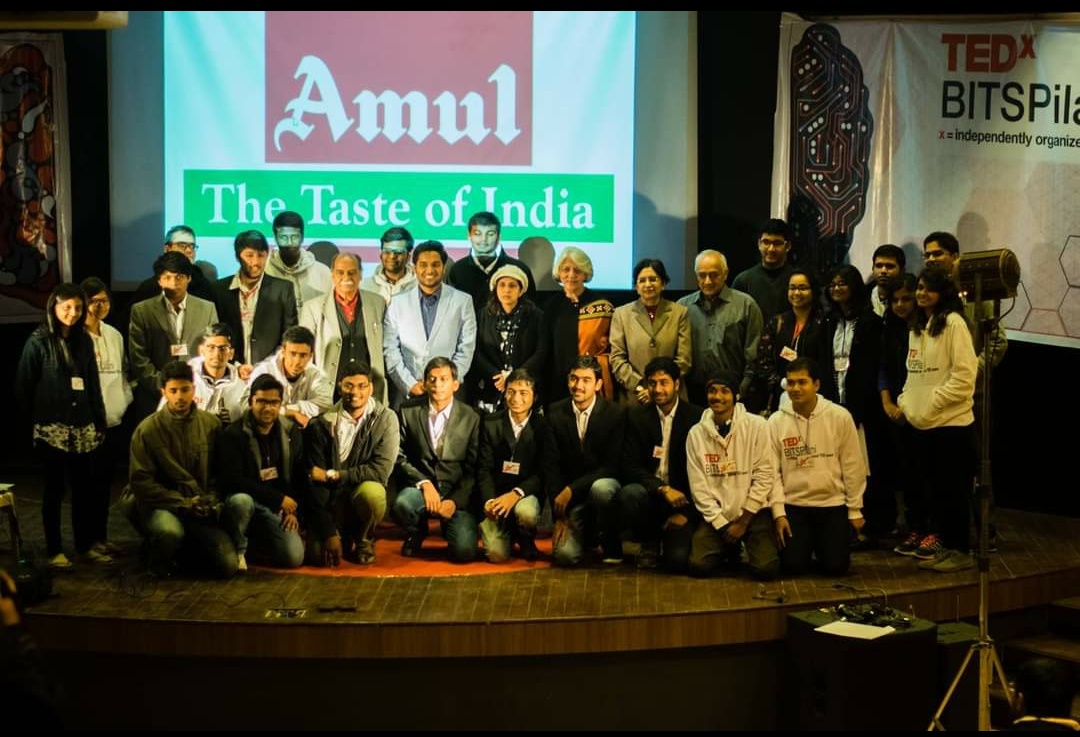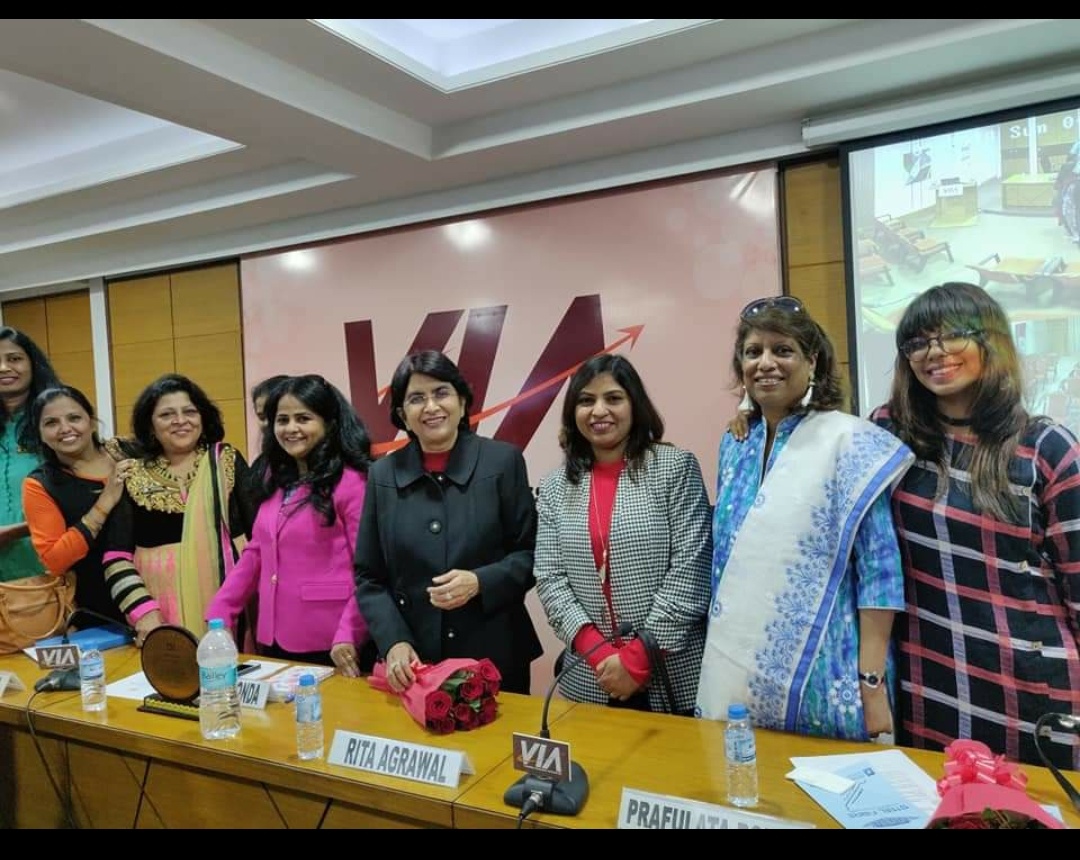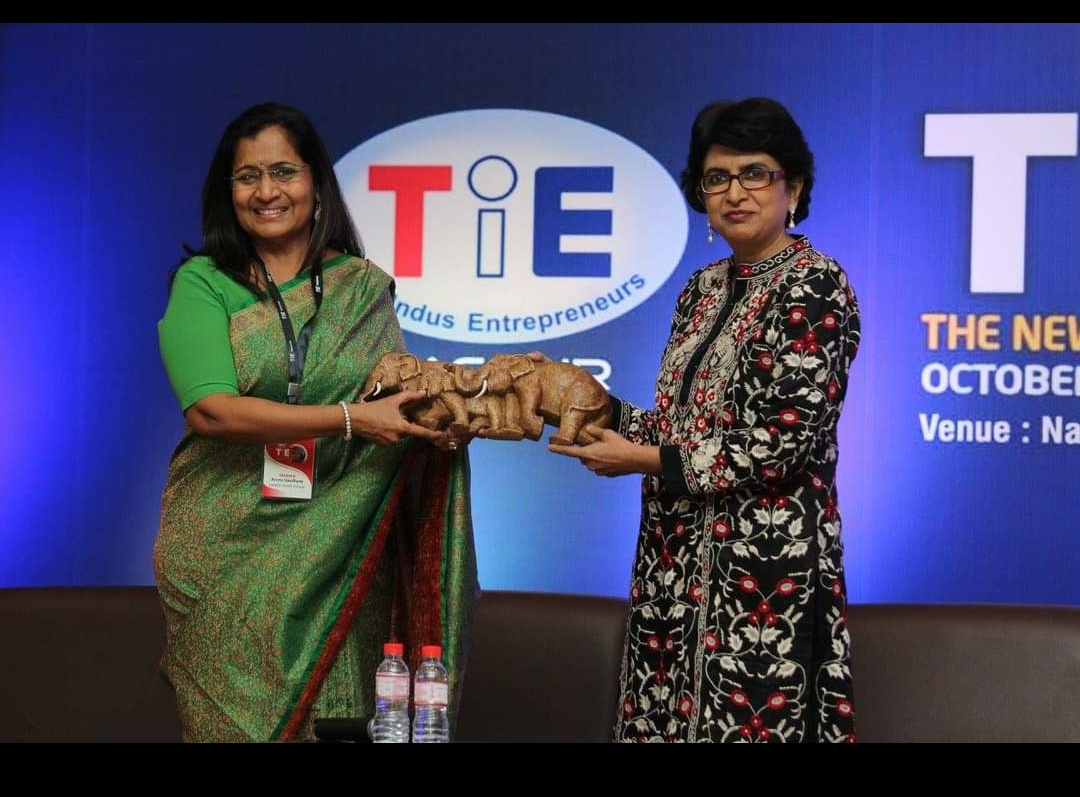“Take a minute, change a life”
World Suicide Prevention Day 2017.
“Take a minute, change a life”
‘I hope you are not thinking of suicide’, asked the counsellor. He smiled, looked into her penetrating eyes and said meekly ‘how did you know’. ‘I have been thinking about it for quite some time now. The only person who knows about it is my girlfriend. I cannot trouble her too much for she is just a young girl in high school and supports me like hell. I cannot tell my parents about my state of affairs. I have had a very bad childhood. Nobody understands me and never will. I think of suicide all the time. The only person I can talk to is this girl’. The counsellor insisted that he bring his parents the next time and soon enough. He was also recommended to take medicines. Somehow there was a huge mental block for doing either of the two that was strongly suggested. A few months later his parents came visiting the counsellor enquiring about the details of their son’s visits for he was found dead. He had committed suicide. He had succumbed to his illness which sent the family into shock and grief for losing their only child.
Take another example. The mother saw her son taking a ‘duppatta’ of hers to his room. She asked him casually and he just smiled and said nothing. She found nothing amiss in the mood of her son except that he was making excuses for not going to school. He was absenting often and would stay locked in his room on first floor. It was a new home they had constructed for themselves and were happy about it. She had to go out for a few hours on an errand that day and informed her son about it. She asked him to come along and he refused saying he was happy in his room When she came back she had an uncanny sense of silence in the house. She went to his room upstairs and found him hanging from the fan with her ‘duppatta’ around his neck. The only child of his parents and just 15 years of age.
Young lives snuffed out with their own hands with their own will. Suicide is a strange phenomenon but a reality for many and a life-long trauma for the surviving family members. I remember an interview of a famous film actor who said about his son who shot himself at age 30, that, ‘he never forgot the episode and there wasn’t a day when he did not think about it, he also questioned himself about being available for his son for he was striving hard in his initial years.’ ‘Would it have made a difference if he had been available for his son who was in depression and may have needed the presence of his father badly was an agonising question in his mind’. Yes, it makes a huge difference if parents are available for their children at such times and not only their presence is imperative but their understanding of the disease called depression and suicidal ideation. It can save the life of the young agonised mind.
Statistics and numbers do not speak of the personal trauma and their stories of victims but they surely highlight the seriousness and extent of the problem. The official site of the World suicide prevention day claims that 8,00,000 people die by suicide each year out if which 135000 (17%) are from India. And as much as 25 percent attempt to end their lives but fail. The theme for this year is ‘Take a minute, change a life’. As parents, guardians, teachers, as community members it is our responsibility to make ourselves aware of the extent of the malady, recognise the signs of distress in those around us and reach out to help them with a gentle word of support. Preventing suicides is everyone’s responsibility.
Survivors of attempted suicides can reveal to us how their mind and thoughts worked during those critical months and days and what saved them. A young gentleman who attempted suicide was saved by his colleagues in the hostel. Timely help got him to the hospital and in spite of the poison he was saved. He never wore short sleeves for fear of being identified as people would see and recognise the cut in his upper arm which the doctor made. He covered the scar with full sleeves. He had made two attempts with a gap of a year, but was lucky again the second time too. He was destined to live. It is well known that an unsuccessful attempt is followed by another soon enough and therefore strict watch needs to be maintained on survivors of suicide attempts. He now wanted to live, found himself a partner and enjoyed life.He recounted how he planned his death each day, thinking of the details of the method and day and time. He was introverted and came from a semi-dysfunctional family. He wanted company but was unable to open up to anyone easily. His worst threat was the fear of living alone and realised that he could never manage loneliness. That decided his future course of action as he overcame his inhibitions and secured himself. He had a fragile ego which was hyper-sensitive to personal comments of others. He had a great sense of humour but which was ‘black’.
Sometimes a person may call and state that he is feeling suicidal. Helpline centres do wonders in saving a life by engaging the caller for an extended period of time and keep him talking. The impulse to end life may just go away in that one crucial minute of hearing him out and lending a non-judgemental listening. Rather than lecturing and advising which is like a reflex action in most adults, it is important to listen to the person with empathy and compassion. Insisting that the person narrate his experiences will reduce his levels of distress to some extent. People who cry out for help are doing just that, ‘crying out for help from others’. They feel overwhelmed with their emotions and want some angel to soothe their nerves. They are searching for solace and hope and a comforting voice and hand.
The World Suicide Prevention Day was started 15 years ago. The day was first recognised in 2003, by an initiative of the International Association for Suicide Prevention and was endorsed by the World Health Organisation. Various activities are done by different organisations to generate awareness about it and to equip people with simple but effective skills to take time out and save a life. An India Today survey years ago claimed that ‘teen suicides in India were highest in the world’. The WHO data claims that the most susceptible age group in India is from age 15 to 44 years.
One of the largest causes of suicides in India is ‘family matters, marriage related issues, physical illness, mental illness, poverty, drug abuse, and love affairs’. India known for its glorious traditions of maintaining good family values is sure paying a very heavy price for upholding the family system. The great Indian family needs a good look from within and needs heavy reforms. The individual need not be sacrificed at the altar of the value of ‘family first’. 80% of the victims in India are educated. About 90 percent of people who commit suicide have a mental illness at the time of death and depression is the top risk factor besides personality disorders, bipolar disorders, schizophrenia and drug addiction. Besides these recorded causes in textbooks new causes are springing up, such as,stress due to extreme academic pressures, being bullied by social media through abuses, putting up vulgar pictures of innocents through photo shop, social media addiction leading to depression, deadly video games such as ‘The Blue Whale’, where once the teens are trapped into blackmail cannot escape from the clutches.
People with suicidal thoughts are overtaken by feelings of hopelessness, and extreme sadness. They feel helpless in solving their problems and think that there is no other option left to be alive. Many time there are clear and visible signs of depression and distress such as outburst of crying, spells of withdrawing from society and doing nothing, loss of interest in activities, refusal to participate in social events and ceremonies, refusal to leave the room or house etc. Sometimes the symptoms are not as clear and can be confusing and misunderstood, such as unnecessary stubbornness, agitation and restlessness, anger outbursts, shouting and fighting at minor provocations. Some more peculiar symptoms of depression could be feeling that you are ill and will catch some disease and running to the doctor with various types of aches and pains and symptoms. Some more signs are loss of sleep, over sleeping, giving away personal possessions, talking of suicide, eating too little or too much, reckless behaviour, rage or revenge, anxiety.
Suicide prevention is everyone’s business. We can save a life from death if we are aware and alert to people around us, our children, our students, our youth and also adults in distress. Extending a warm empathetic hand of care and compassion will be like giving first aid to the victim and then referring the person further for professional help and assistance. The two categories of professionals who deal with suicides are psychiatrists and psychologists. We need to remove the stigma attached to mental illness and treatment.Whether an illness affects the heart, kidney, liver or mind, it needs to be treated without any discrimination. We should believe that if we have a mind we will have mind related issues. There are many myths and stigmas related to mental illness in India besides superstition and ignorance even among the educated class. We must remember that every family, every community is affected by mental health issues in some way. We need to educate ourselves about the available psychological treatment methods as well as seek information about the neurological and psychological sciences that is pushing up the frontiers of knowledge to save the mind and mankind.
………………………………………………………………………………………………………………….
Rotary Action Group on Mental Health Initiatives (RAGMHI) has a dream to work for creating an environment that promotes positive mental health to help children, adults and families lead meaningful and productive lives. ‘Its mission is to act as a worldwide resource for Rotarians and others in the field of mental health and mental illness and to promote, protect, restore and to help build a lost capital to make a happier, healthier society and world’. It aims to prevent mental health problems through awareness generation and community workshops. RAGMHI is an international body of 35 Rotarians representing 5 countries (USA, Canada, Brazil, Lebanon and India). We have a 7- member Board of Directors. It has a website (http://ragonmentalhealth.org) where interested Rotarians, their family-members and Alumni, can register online and become members for a small fee. It is also open to all people interested in promoting the cause of mental health among the community and can register as Friends of RAGMHI even if they are not Rotarians. Those interested can get in touch with me for information and action.
…………………………………………………………………………………………………………………….
Rita Aggarwal
Consulting Psychologist.
Charter member and Program Director (RAGMHI) Regional Chair, RAG, RID 3030.
www.rita-psychologist.com
http://ragonmentalhealth.org/
9823073986-mobile
0712-2220250 -landline
